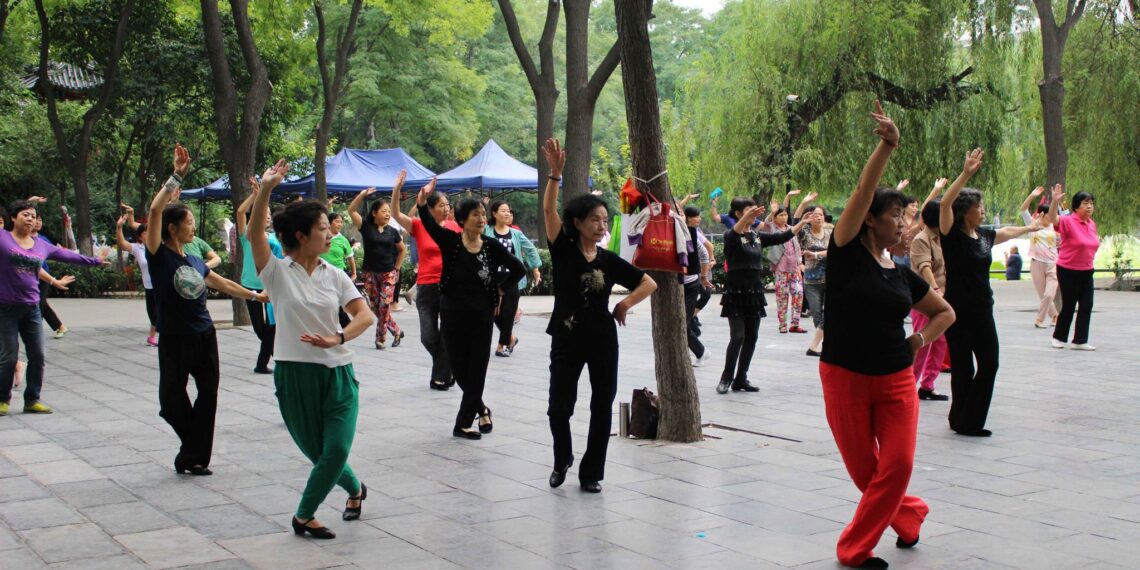Liu Xin who works as a delivery driver in Chengdu spends six days per week driving through traffic but chooses not to contribute to the 1,400 yuan ($195) monthly state pension. The fund’s future solvency remains uncertain to him because two weeks of groceries would equal that amount. The growing pension-funding crisis in China faces a serious challenge because young people like Liu Xin increasingly doubt the system’s stability.
The 2024 budget shows a concerning pattern because social-insurance fund revenue increased 5.2% to 11.89 trillion yuan ($1.65 trillion) but payouts increased 7% to 11.99 trillion yuan ($1.66 trillion) which resulted in the first cash-flow deficit since 2018. The 2025 fiscal deficit projection stands at 5.7 trillion yuan ($790 billion) which puts pressure on the current stopgap solution.
The central adjustment mechanism enables wealthier provinces such as Guangdong to send financial support to struggling regions including Heilongjiang through a total transfer of 284 billion yuan ($39 billion) during the previous year. The system faces an increasing problem because more than 40% of flexible workers including delivery drivers and freelancers and livestreamers choose not to participate because they must pay both their share and their employer’s share (20% of income). Chen Hui who works as a 32-year-old designer in Shenzhen expresses her doubt about pension contributions by asking “Why should I pay in when others do not?” through the online hashtag #PensionMath.
Beijing has responded with reforms. The Chinese government started implementing pension reforms in January by increasing retirement ages to 63 for men by 2040 and similar increases for women while extending payroll taxes and delaying pension payments. The pension system received 8% more subsidies this year which exceeded GDP growth and matched education funding levels. The bond analysts predict that these financial rescues will reduce the availability of funds for innovation and infrastructure development.
The crisis is stark in rural areas. Zhang Fengyan who lives in Gansu receives only 123 yuan ($17) per month from her pension which leaves her no choice but to work during harvest season. The difference in pension benefits between urban and rural areas leads to population shifts and social unrest. The government spends about one-fourth of its borrowing on pensions which creates a risk of higher taxes and benefit reductions and increased debt that threatens economic stability.
The National Council for Social Security Fund sold 120 billion yuan ($17 billion) in assets during the previous year to meet deficits which transformed the organization from a market stabilizer into a net seller and damaged investor trust. The Jiangsu “pension point” system and tax-incentivized private accounts demonstrate potential but their adoption remains limited because people do not trust the system.
Policy analyst Zhang Wei states that property serves as the actual pension system because unstable real estate markets make people avoid saving in pension accounts. The current exodus of workers from social insurance programs like Liu Xin’s could potentially match the scale of China’s property or export problems. The pension cash flow serves as a vital yet understated indicator which shows the extent of trust in China’s economic prospects and its social arrangements.










